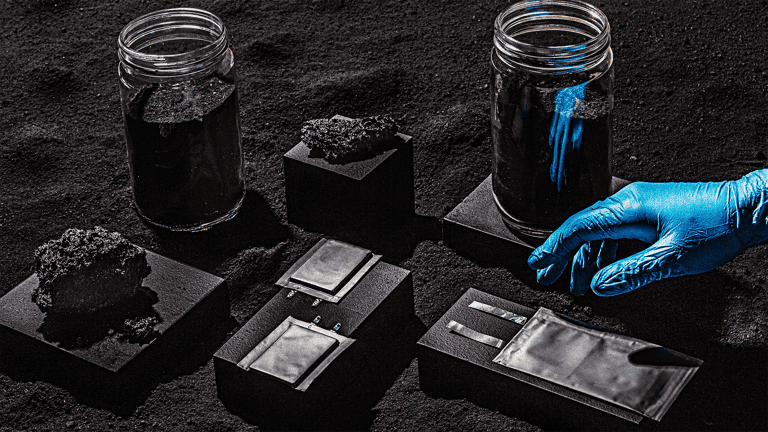
While hype continues to build around the development of solid-state batteries, the good-old lithium-ion (Li-ion) formula, which currently powers most electric vehicles (EVs) on the road, continues to evolve. In March of last year, we reported on Washington-based company Group14’s ability to enhance lithium-ion batteries by integrating silicon in the anode. The result is a battery that offers up to 40-percent more energy density, while improving cold-weather performance and reducing charge times.
BMW is another believer in the enhancement of Li-ion batteries. For its upcoming Neue Klasse architecture of next-generation EVs, it promises to integrate a new type of cylindrical lithium-ion cells. These cells, according to BMW, have 20% more volumetric energy density than the current prismatic cells used in BMW EVs. Translation: more range and lower charging times.
And now, a recent breakthrough from the Seoul National University of Science and Technology (SEOULTECH) in South Korea reveals even more potential for Li-ion batteries. In a nutshell, it essentially comes down to reinforcing the battery’s cathode, considerably improving its energy output and reliability in the process.
Improving The Battery’s Discharge Capacity
A bit like improving an internal combustion engine’s (ICE) components to improve its efficiency, this breakthrough focuses on the battery’s cathode to make it more resistant to wear and tear, all while significantly boosting its energy output.
For reference, a battery’s ability to release the maximum amount of energy under certain conditions is more commonly identified by the term discharge capacity. Measured in milliampere-hours per gram mass (mAh/g), discharge capacity corresponds to how a battery goes about taking its stored energy and releasing it in order to power, in this case, an EV. It works in conjunction with a battery’s usable capacity, or its ability to release a certain amount of energy during a certain amount of time.
For example, a Chevrolet Bolt EV is powered by a 65-kilowatt-hour (kWh) battery. Its front-mounted electric motor has a maximum power output figure of 149 kilowatts (kW). If the Bolt were to be running at full throttle non-stop, it would take 26 minutes to empty its battery dry (65 kWh divided by 149 kW times 60 minutes). But what if it was possible to improve the discharge capacity of the Bolt’s battery? It would take more time for it to fully empty its battery. That’s what SEOULTECH is suggesting with its latest breakthrough.
Reinforcing The Cathode Using Potassium Carbonate
The general idea behind SEOULTECH’s research is to reinforce the Li-ion battery’s LNMO (cobalt-free) cathode by resurfacing it using potassium carbonate (K₂CO₃). In its press release, SEOULTECH’s professor Dongwook Han explains that him and his team of researchers engineered, what he calls, a “Li-vacant topotactic subsurface”, which greatly improves the cathode’s resistance to wear, as well as its ability to discharge more energy at once.
To enhance the performance of LNMO cathodes, we introduced a K 2 CO3-enriched external surface and a partially delithiated subsurface of LNMO particles through a KOH-assisted wet chemistry method. The synergistic effect of these layers results in a remarkable electrochemical charge/discharge cycling performance and increased thermal stability of LNMO cathodes – Prof. Dongwook Han.
The result of such an innovation is a lithium-ion battery that offers a much better discharge capacity. SEOULTECH compared its new battery with a traditional Li-ion battery and noticed a 110 mAh/g discharge capacity versus 89 mAh/g. In other words, the improvements on the cathode allowed the battery to release more energy at once without increasing in size. Or, in simpler terms, the battery’s overall efficiency was improved.
Furthermore, after 100 charging cycles, the battery had preserved a 97-percent energy retention, versus 91-percent for the Li-ion battery that wasn’t equipped with the reinforced cathode. In other words, SEOULTECH’s new battery can release more energy at once, all while being less prone to degradation in the long run, making it more reliable. So, as you can see, there’s still a lot of room for improvement in lithium-ion batteries. It’ll be interesting to see how this new breakthrough will play out in the real world once it is implemented in future EVs.
